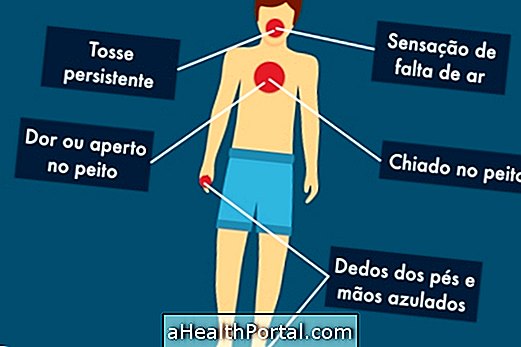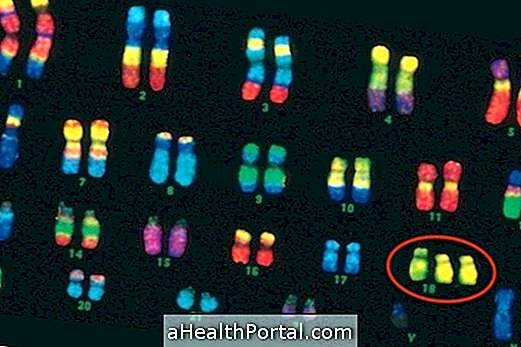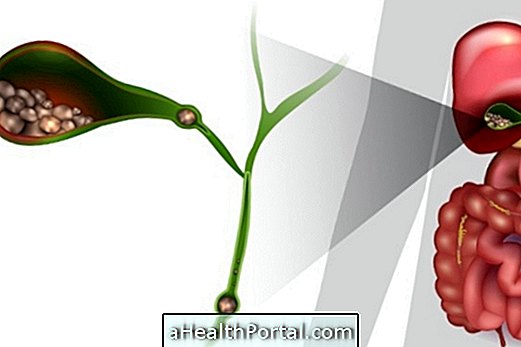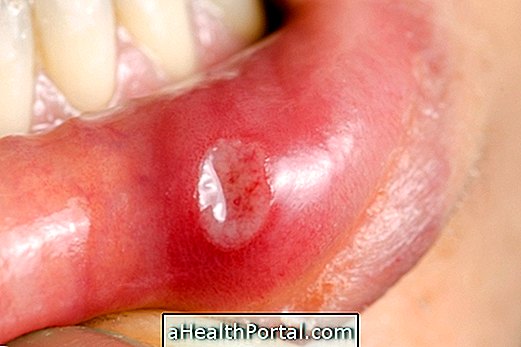Blastomycosis, also known as South American Blastomycosis or Gilchrist's Disease, is a lung infection caused by the fungus Blastomyces Dermatitidis, which if left untreated can lead to death.
Transmission of blastomycosis occurs by inhaling the spores dispersed in the air of the fungus that, when entering the respiratory tract, take refuge in the lungs where they grow and cause inflammation. The most affected individuals are men between the ages of 20 and 40.
Pulmonary blastotomy is curable and treatment should be started as soon as possible, as fungi may increase in size and reach the bloodstream, affecting other organs, such as bones or skin, and causing death.
Symptoms of Blastomycosis
The symptoms of blastomycosis are:
- Fever;
- Chills;
- Excessive sweating;
- Cough with or without expectoration;
- Chest pain
- Difficulty breathing
- Swelling of the epididymis in the testicles;
- Prostate Infection.
If Blastomycosis is not treated early or properly, the infection may spread to other organs, such as the skin, leading to the appearance of red blisters and pus, leading to painless abscesses. Bones can also be affected, resulting in swelling of the joints.
The diagnosis of Blastomycosis is performed through analysis of the symptoms presented by the patient and examination under a microscope of a sample of sputum.
Treatment of Blastomycosis
Blastomycosis is treated with medicines such as the antifungal Amphotericin B or oral Itraconazole. Generally, patients experience improvement of symptoms one week after starting treatment.
Prevention of blastomycosis is not always possible as fungal spores circulate easily in the air. The areas near the rivers, lakes and swamps are areas where this type of fungus often exists.






















